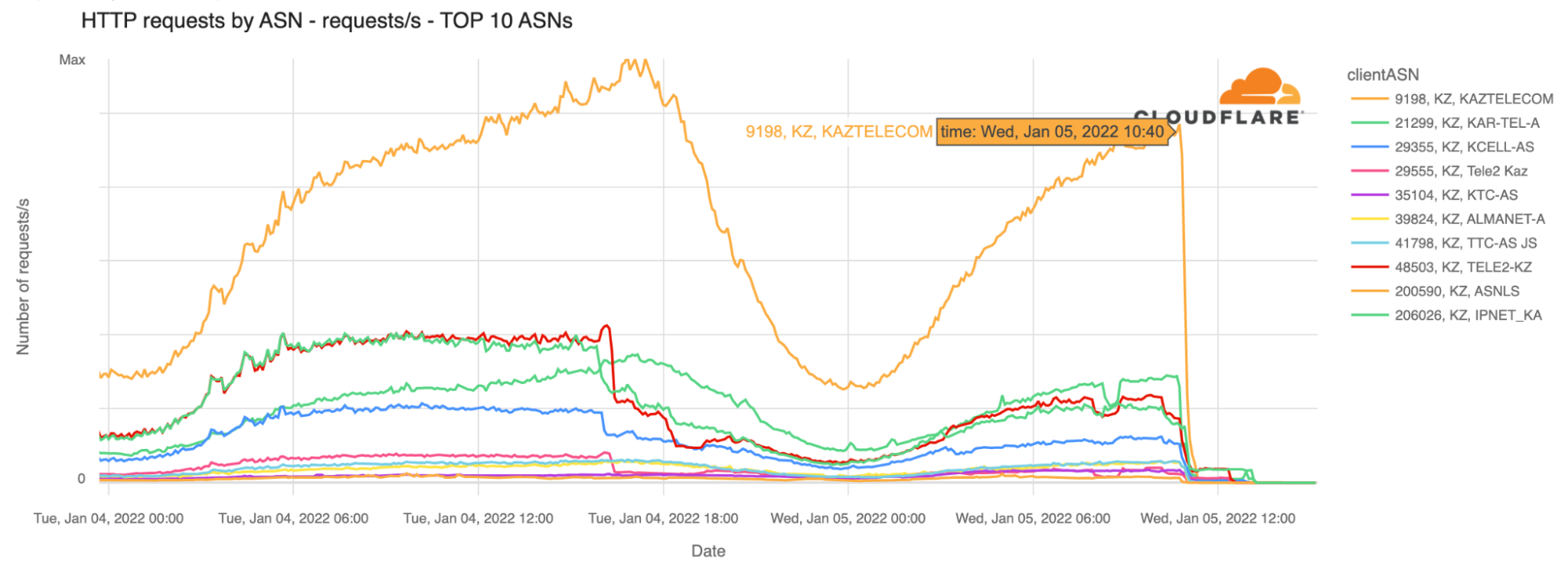0
Microsoft issues a fix for on-prem Exchange mail servers
Microsoft Exchange admins got a bit of a rude surprise as the new year rang in, with a “latent date issue” striking the on-premises versions of Exchange Server 2016 and 2019 that saw emails queued up instead of being distributed to inboxes.The problem lay with Exchange’s malware scanning engine, however, Microsoft took great pains to emphasize in a blog post from the Exchange team that the problem relates to a date-check failure with the new year and it not a failure of the antivirus scanning engine itself, nor is it a security issue.To read this article in full, please click here






